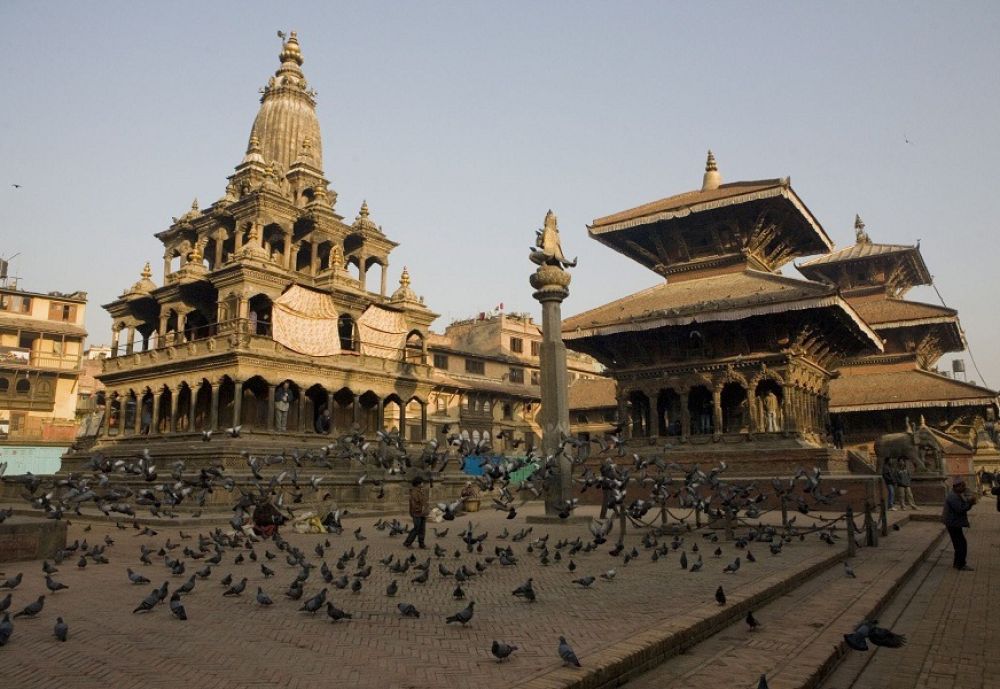

The Nepali Temple, also known as Kathwala Temple, is an essential part of the spiritual landscape of Varanasi, a city which is often termed as the spiritual capital of India. Situated on the Lalita Ghat along the Ganges River, the Nepali Temple was constructed in the 19th century under the patronage of the King of Nepal. The architecture of the temple is a fine example of the Nepalese style of craftsmanship, which is rarely seen outside of Nepal.
Commissioned by the then King of Nepal, Rana Bahadur Shah, the Nepali Temple is believed to have been built as a replica of the Pashupatinath Temple in Kathmandu, Nepal. The construction started in the early 19th century but due to the complexities involved with the intricate woodwork and transporting materials from Nepal to India, the construction took several years to complete.
Carved from Terai wood found in Nepal, the temple is noted for its unique pagoda-style architecture. It stands out among the predominantly North Indian style of temple architecture found in Varanasi. Because of its distinctiveness and the craftsmanship it exhibits, the temple has been a significant point of attraction for both tourists and devotees alike.
Due to its historical and architectural significance, the Nepali Temple has long been a focal point for tourism in Varanasi. Visitors are drawn to the detailed wood carvings, and it serves as both a place of worship and a testament to the cultural and historical exchanges between India and Nepal.
Tourists to the temple can also enjoy the serene atmosphere and picturesque views of the river Ganges, making it a popular spot for both contemplation and photography. The temple not only contributes to the spiritual tourism that characterizes Varanasi but also adds diversity to the range of cultural experiences the city offers.
As the global tourism industry evolves, so does tourism in Varanasi. In recent years, there has been a noticeable increase in interest in heritage and cultural tourism. Travelers seek authentic experiences that combine spirituality, history, and culture, all of which the Nepali Temple offers.
Moreover, experiential travel trends have led to an increase in the popularity of walking tours around Varanasi, with the Nepali Temple often included as a key stop. Such tours give tourists a more immersive experience, allowing them to appreciate the fine details of the temple and the surrounding ghats.
Additionally, the trend of sharing travel experiences on social media has put the Nepali Temple on the digital map. Its awe-inspiring architecture and the historical narrative that surrounds it make it a compelling subject for photographers and influencers, further boosting its profile and significance as a must-visit destination in Varanasi.
Recognizing the temple's significance, efforts for its preservation have been put in place with the support of both the Indian and Nepali governments. As tourism continues to grow, sustainable practices are being discussed to ensure that the Nepali Temple, alongside other historic sites in Varanasi, remains protected for future generations to appreciate.
The temple's stature in Varanasi's tourism landscape is likely to be sustained due to its religious importance, historical value, and architectural beauty. It stands as a symbol of cross-cultural unity and is a poignant reminder of the shared heritage between India and Nepal. As long as these values are preserved, the Nepali Temple will continue to be a cornerstone of Varanasi's allure for both pilgrims and tourists from around the world.